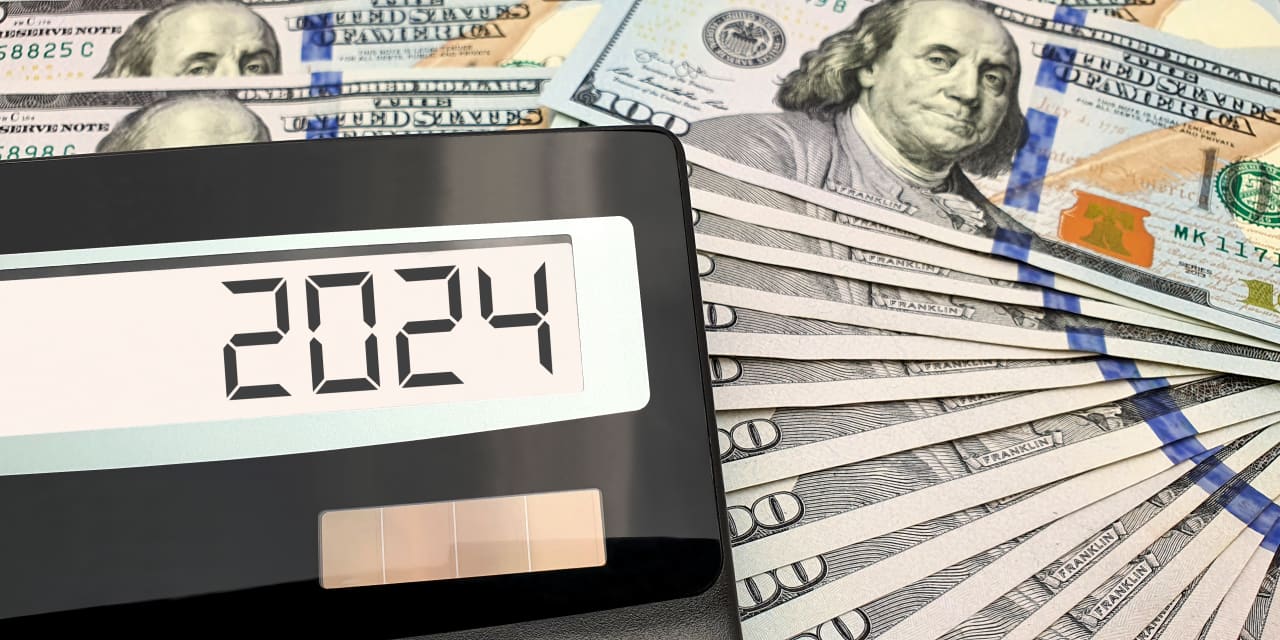Be on guard in coming days for soothsayers who base their 2024 predictions on how the market performs in early January. The first trading sessions of a calendar year carry no more predictive ability than those at any other time of the year— which is to say it tells you next to nothing.
Documenting this is tricky, since there are many differences among those who try to read the early-January tea leaves. Some insist that it’s the very first trading day of January that possesses talismanic significance. Others focus on the first two trading days or the first five trading days. Still others — followers of the so-called January Effect — focus on the entire month.
Regardless, as you can see from the table below, none of these versions has an impressive track record. In each case, you’d have a better success rate if you simply predicted that the stock market will rise each year.
| Prediction | % of time correct (based on DJIA since 1897) |
| First trading day of January predicts market’s direction rest of the year | 61.9% |
| First two trading days of January predict market’s direction rest of the year | 61.1% |
| First five trading days of January predict market’s direction rest of the year | 60.3% |
| Entire month of January predicts market’s direction rest of year | 62.7% |
| Prediction that the market always rises | 65.9% |
None of the differences shown in the table is significant at the 95% confidence level that statisticians often use when assessing whether a pattern is genuine.
These results shouldn’t come as a surprise, since they are what you should expect from an efficient market. Imagine a time when one or more of these predictions did have a statistically significant success rate. If so, investors sooner or later would have discovered the pattern and tried to get a jumpstart on others who also knew about their success. Their actions would “kill the goose laying the golden egg,” causing the predictions to stop working.
The hallmark of market efficiency is that the market’s future direction is not based on what came prior. Regardless of how the market performs during the first trading sessions of January, stocks will gain in 2024 only if economic developments throughout the year turn out to be better than investors expect.
By definition, that is almost impossible to predict. If we already knew that things would turn out better than expected, then the market would go up right away, not waiting to react. That’s the source of the Wall Street wisdom to “buy the rumor, sell the news.”
This is one of the reasons why the stock market often outperforms advisers who base their strategies on macroeconomic forecasting. As I pointed out in December 2023 column, the S&P 500
SPX
over the past five-year and 10-year periods has more than doubled the annualized return of the average macro hedge-fund.
Keep that in mind in coming days as commentators pontificate about what the first few days of January mean for the rest of 2024.
Mark Hulbert is a regular contributor to MarketWatch. His Hulbert Ratings tracks investment newsletters that pay a flat fee to be audited. He can be reached at [email protected]
More: Health of U.S. labor market looms large on markets’ radar this coming week
Also read: So much for ‘the January effect’: Here are five things that could interrupt the U.S. stock market rally in early 2024.
Read the full article here


